A Roaster’s Secrets: How to Actually Understand the Coffee You’re Drinking
I’ve spent more than two decades with my hands buried in coffee beans. From walking high-altitude farms to dialing in roasts on a massive cast-iron drum, I’ve learned one undeniable truth: most of us see coffee as just a morning kickstart, but we’re missing the real story behind it. It’s an incredible journey that starts with a single cherry on a mountainside, shaped by generations of farming know-how, a little science, and a whole lot of luck.
In this article
You’ve probably seen those articles with fun coffee facts—that it’s a fruit, or that it was banned in some places. And yeah, that’s all true, but it’s like describing a masterpiece by just listing the colors of paint used. It misses the art, the craft, and the why behind it all.
So, let’s do this differently. I want to walk you through the life of a coffee bean from a professional’s point of view. We’ll cover everything from the plant itself to the physics of the roast. I’ll even share a few lessons I learned from some of my own smoky, failed batches along the way. This is the stuff that turns a simple drink into a genuine craft.
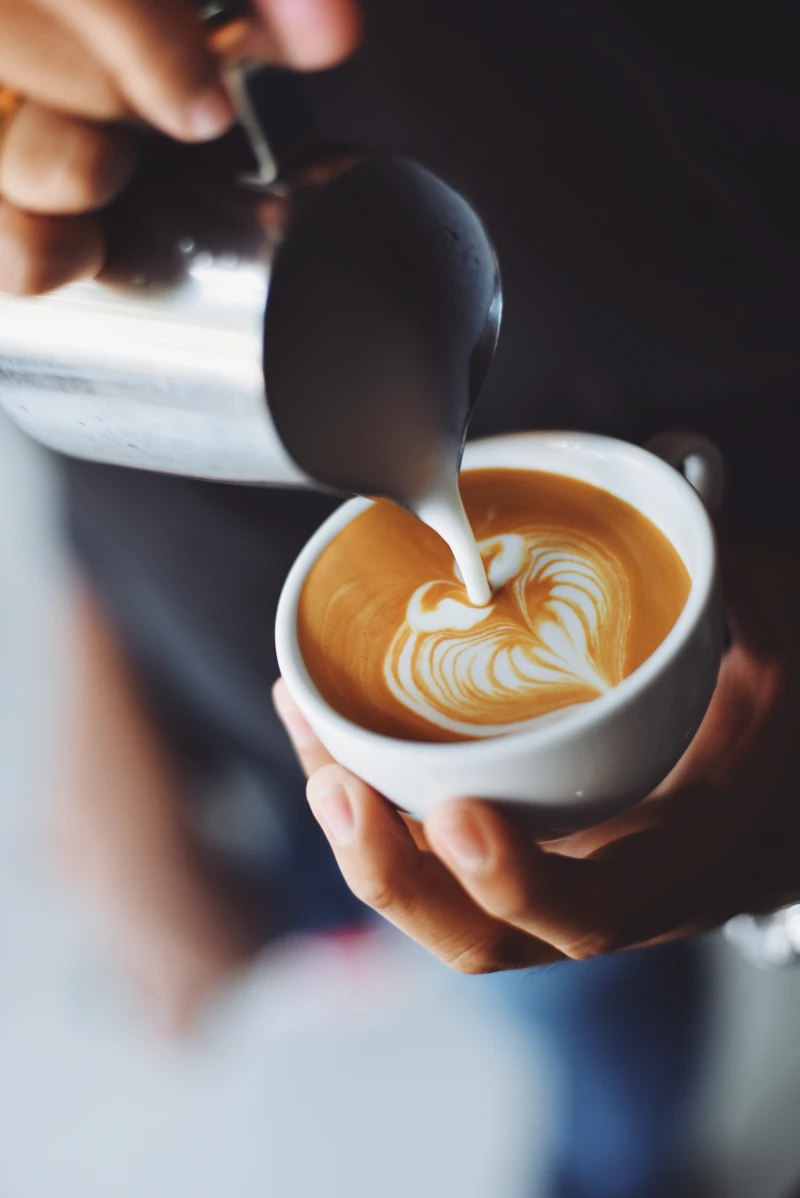
The Plant: It’s All About the Family Tree
Okay, the first thing most coffee lovers learn is that the “bean” is actually the seed of a coffee cherry. That’s a great start, but for the pros, the real story begins with the plant’s variety. While there are over 100 species in the Coffea family, the entire world of coffee pretty much revolves around two heavy-hitters: Arabica and Robusta.
Honestly, understanding the difference between these two is the first step to buying coffee you actually love.
- Arabica is the high-maintenance star of the show. It’s picky, demanding high altitudes (we’re talking 3,300 to 6,600 feet), stable temperatures, and rich soil. It’s also prone to diseases like coffee leaf rust. All this fuss is why it costs more. But the flavor? That’s where it pays off. Arabica has a brighter acidity and more complex sugars, which create an aromatic, nuanced cup. When you see tasting notes like “jasmine,” “citrus,” or “blueberry,” you’re almost certainly drinking a quality Arabica.
- Robusta is the tough, scrappy workhorse. As its name implies, it’s robust. It thrives in hotter climates, at lower altitudes, and is naturally resistant to disease. Oh yeah, and it packs nearly double the caffeine of Arabica, which acts as a built-in pest repellent. For a long time, Robusta was written off as cheap filler with a rubbery, bitter taste. But that’s changing. I’ve tasted some incredible modern Robustas that are creamy and full of deep, chocolatey flavor. They’re now a secret weapon for creating a rich, stable crema in espresso blends.
When I visit a farm, one of the first things I do is pluck a ripe, red coffee cherry and pop it in my mouth. The skin is a little tough, but the fruit underneath—the pulp—is surprisingly sweet and juicy, almost like a grape. You can get hints of hibiscus or watermelon. It’s your first clue to the bean’s potential. Pretty cool, right?
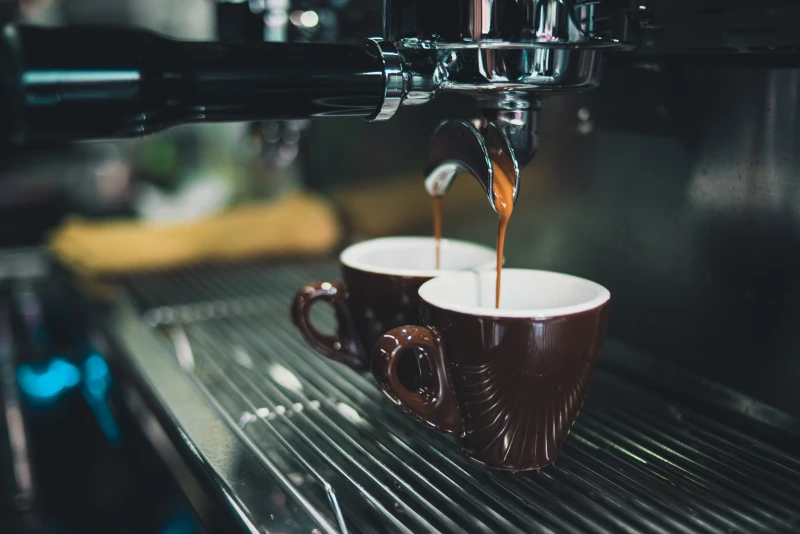
From Fruit to Bean: The Magic of Processing
The moment a coffee cherry is picked, a countdown begins. The sugars in the fruit start to ferment, and if you don’t control it, the whole harvest can be ruined. This is where processing comes in. It’s all about stripping away the fruit and drying the seed to a stable moisture level, usually around 11%. This step has a massive impact on the final taste.
As a roaster, knowing the processing method is non-negotiable. It tells me exactly how the bean will react to heat.
Washed (or Wet) Process
This is the go-to method for high-end specialty Arabicas. The whole point here is to create a super clean flavor that comes purely from the bean itself—its origin and variety—not the fruit it grew in. The cherries are squeezed to pop the beans out, then the beans are soaked in water tanks for 12 to 48 hours. During this time, natural enzymes eat away the sticky fruit layer. Finally, they’re washed clean and spread out on raised beds to dry in the sun.
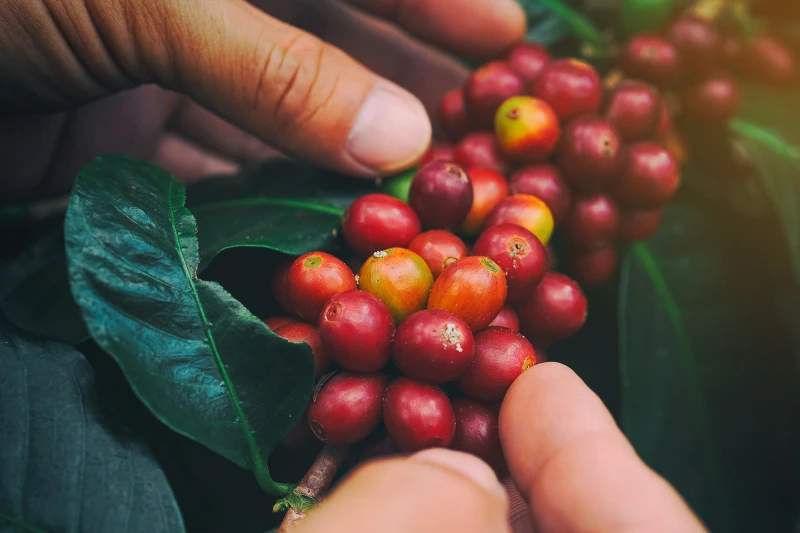
A washed coffee is bright, crisp, and acidic. It’s like a crystal-clear window into the bean’s soul.
Natural (or Dry) Process
This is the old-school way, born in places where water was scarce. The entire cherry is left intact and laid out on drying beds for up to four weeks, like giant coffee raisins. It’s a risky game—the cherries have to be turned constantly to prevent mold. During this long drying time, the sweet, fruity flavors of the cherry pulp seep right into the bean. The result? A coffee with a heavy body, low acidity, and wild, jammy flavors. Think strawberry, booze-soaked fruit, and a funky sweetness. When it’s done well, it’s mind-blowing. When it’s done poorly… well, it can taste like dirt.
Honey (or Pulped Natural) Process
This is a clever middle-ground approach. The cherry skins are removed, but some of the sticky fruit mucilage is left on the bean while it dries. The amount of goo left on determines its name—white, yellow, red, or black honey—with black having the most. This method gives you a beautiful balance: the clarity of a washed coffee with some of the sweet, fruity depth of a natural. It’s the best of both worlds, often tasting of brown sugar or stone fruit.
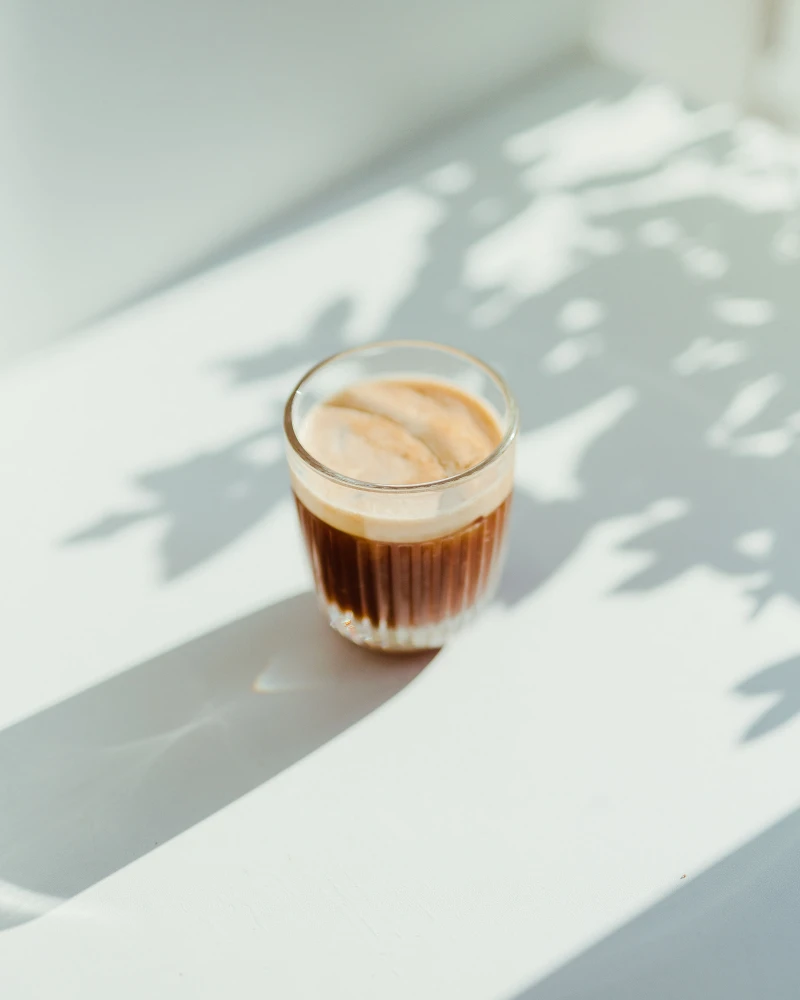
How to Use This Info: A Quick Guide to Buying Better Coffee
Okay, so what does this all mean when you’re staring at a wall of coffee bags at your local cafe? Here’s how to decode the label:
Look for the processing method. Now you know that if you love bright, clean flavors, you should grab a Washed coffee. If you’re adventurous and want something fruity and wild, go for a Natural. Want something in between? A Honey process is your ticket.
A quick tip on price: don’t be surprised if a funky natural Ethiopian costs more than a classic washed Colombian. For example, a great washed coffee might be $18 for a 12oz bag, while a complex, high-risk natural process could be closer to $25. You’re paying for the extra labor and the risk of spoilage involved in that method.
Here’s a challenge for you: next time you buy beans, get two bags from the same region (say, Ethiopia), one washed and one natural. Brew them side-by-side. The difference will blow your mind and teach you more than any article ever could.
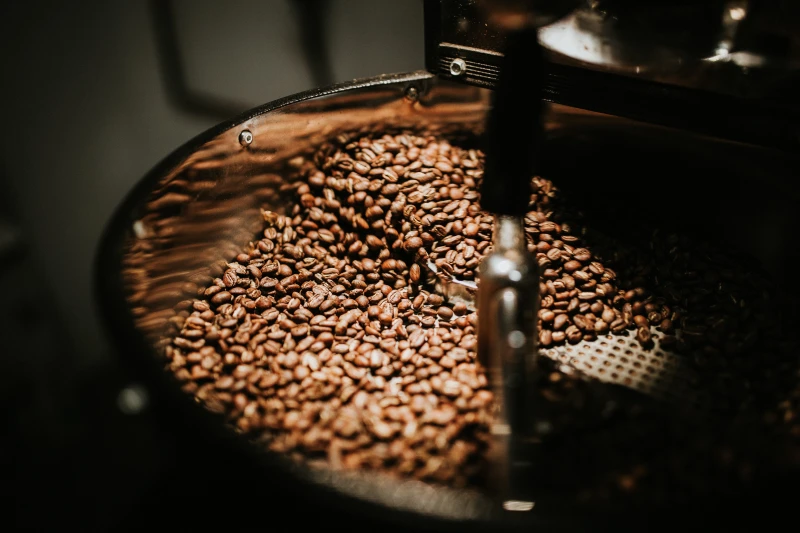
The Roaster’s Touch: Unlocking Flavor with Fire
Green, unroasted coffee beans smell grassy and taste, well, like nothing. All the flavors we love—the chocolate, the caramel, the fruit—are created inside the roasting machine. It’s a fast and furious dance of heat and airflow where a few seconds can make the difference between a brilliant batch and a tray of cinders.
When I’m roasting, I have a computer showing me temperature curves, but honestly, I’m relying on my senses. The process goes something like this:
- Drying: For the first few minutes, we’re just getting moisture out. The beans turn pale yellow and smell like hay.
- Browning: Around 300°F, the Maillard reaction kicks in—the same thing that browns a steak on the grill. This is where hundreds of aromatic compounds are born.
- First Crack: At about 390°F, the beans start to pop like popcorn. This is a crucial moment. The coffee is now officially drinkable, but the real artistry happens in the next one to three minutes. This is called the development phase.
- Development: A shorter development time gives you a light roast, preserving the bean’s bright, acidic origin flavors. This is perfect for a pour-over, which really lets those delicate notes shine. A longer development time builds more body and sweetness for a medium roast, which is amazing in a French press or for a balanced espresso.
- Second Crack: If you keep going, the beans crack again, this time more violently. Oils rush to the surface. This is a dark roast. At this point, you’ve roasted away most of the origin flavors and replaced them with smoky, carbony notes. Go any further and you’re just making charcoal.
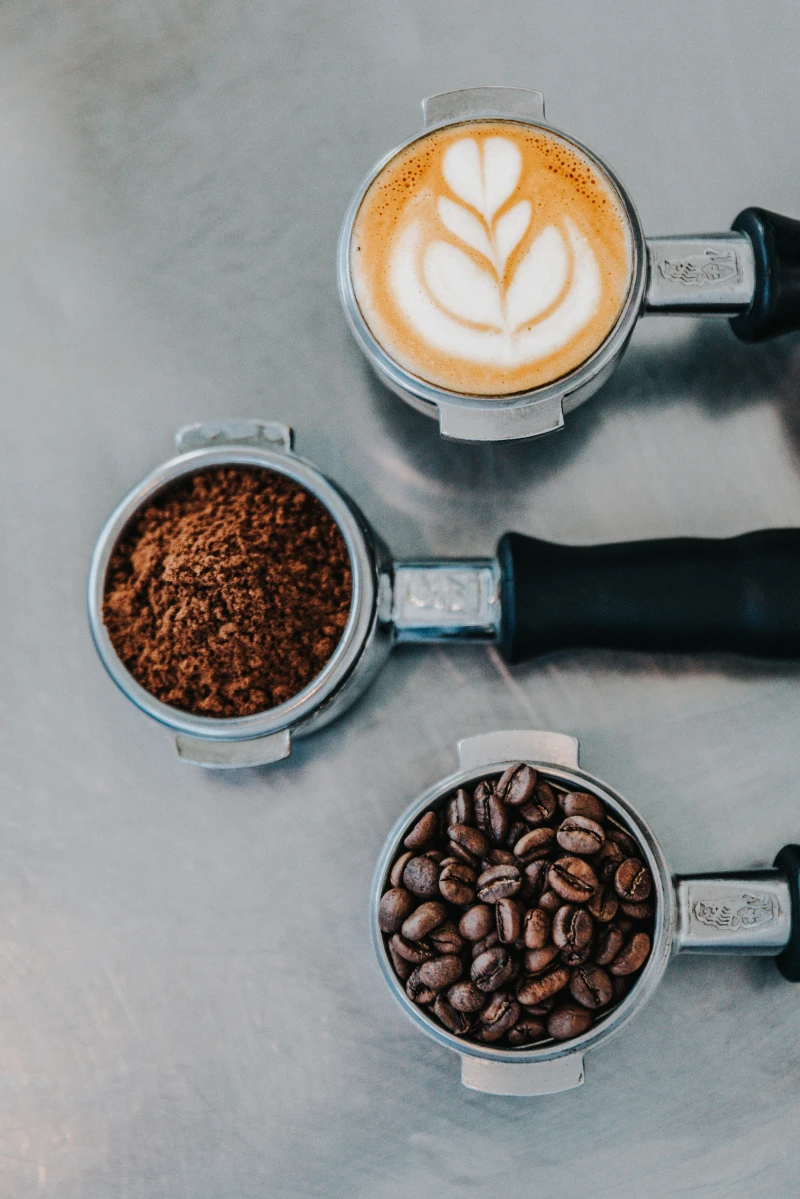
My First Big Roasting Mistake…
I’ll never forget it. I was a young roaster, trying to impress my boss. I was managing a tricky batch of expensive Panamanian coffee and I was right in that critical development phase after first crack. The phone rang. It was an important call I thought I had to take. I figured I could handle a 30-second distraction. Big mistake.
By the time I hung up, a plume of acrid, blue smoke was pouring out of the roaster. The beans had flown past second crack and were on the verge of igniting. The smell was awful—not like coffee, but like burnt toast and bitterness. I had turned a $300 batch of green coffee into a worthless pile of oily charcoal. I was devastated, but I learned my most valuable lesson: when you’re roasting, you are 100% focused. No distractions. The coffee demands your full respect.
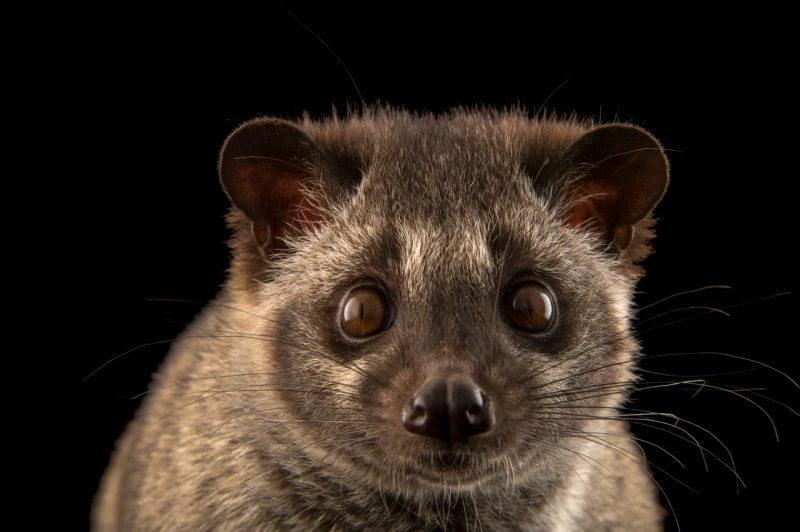
A Few Final Tips for Better Coffee at Home
Before you go, let me leave you with a few common mistakes I see people make all the time. Avoiding these will instantly improve your morning cup.
- Stop storing beans in the freezer! Coffee is porous and will absorb the smells of everything in there (fishy coffee, anyone?). The condensation also ruins the oils. Just keep them in an airtight container in a cool, dark pantry.
- Buy whole beans and grind them right before you brew. Pre-ground coffee goes stale in minutes. The flavor difference is night and day. A decent burr grinder costs about $100 and is the single best investment you can make for your coffee game.
- Pay attention to the “roasted on” date. Not the “best by” date. Coffee is a fresh product. You want to use it within two to three weeks of roasting for the best flavor. After a month, it starts to taste flat.
At the end of the day, coffee has always been about connection. Centuries ago, coffee houses were hubs for debate and new ideas. That’s what I try to create in my own work. The craft is what’s in the cup, but the real purpose is the community it builds. Happy brewing.
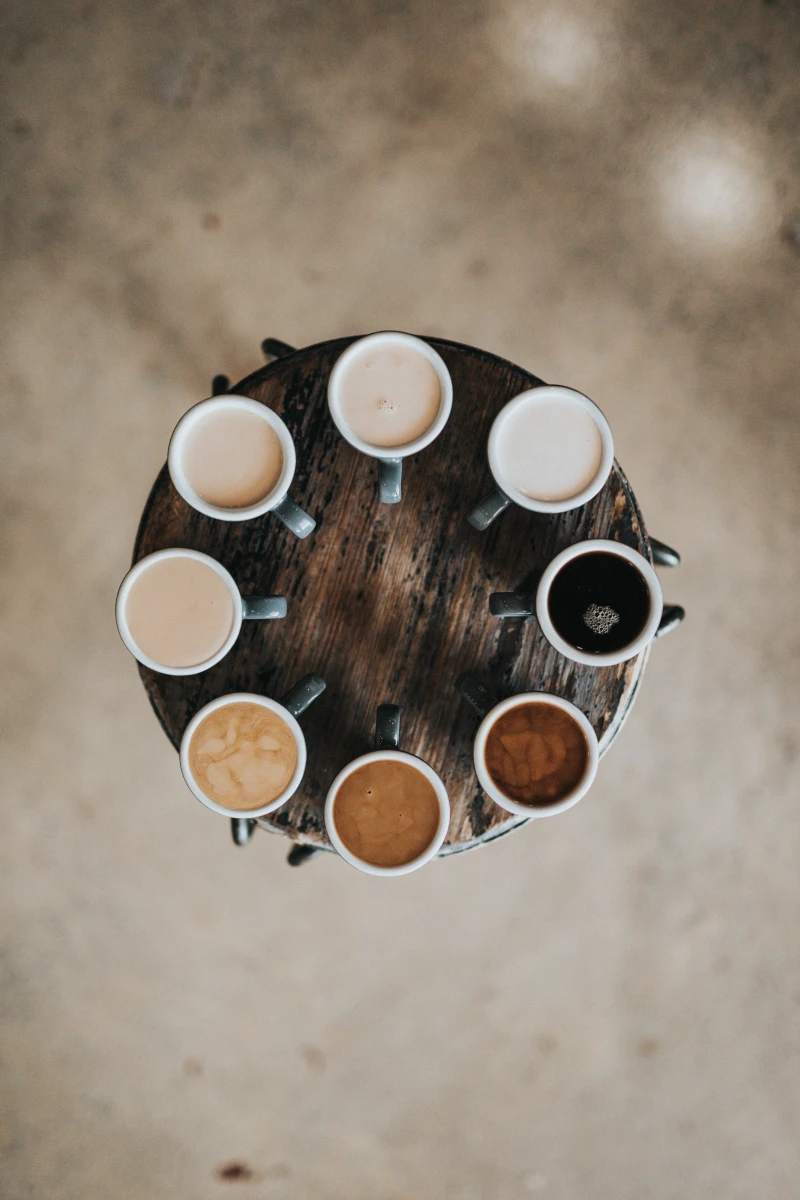
Inspiration:
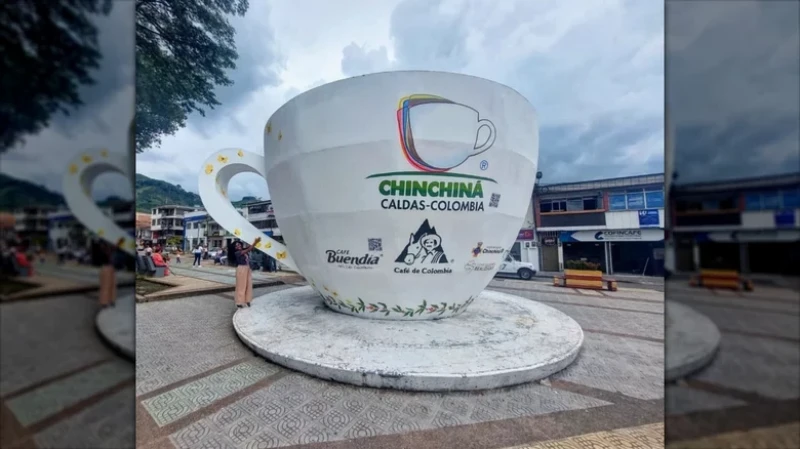
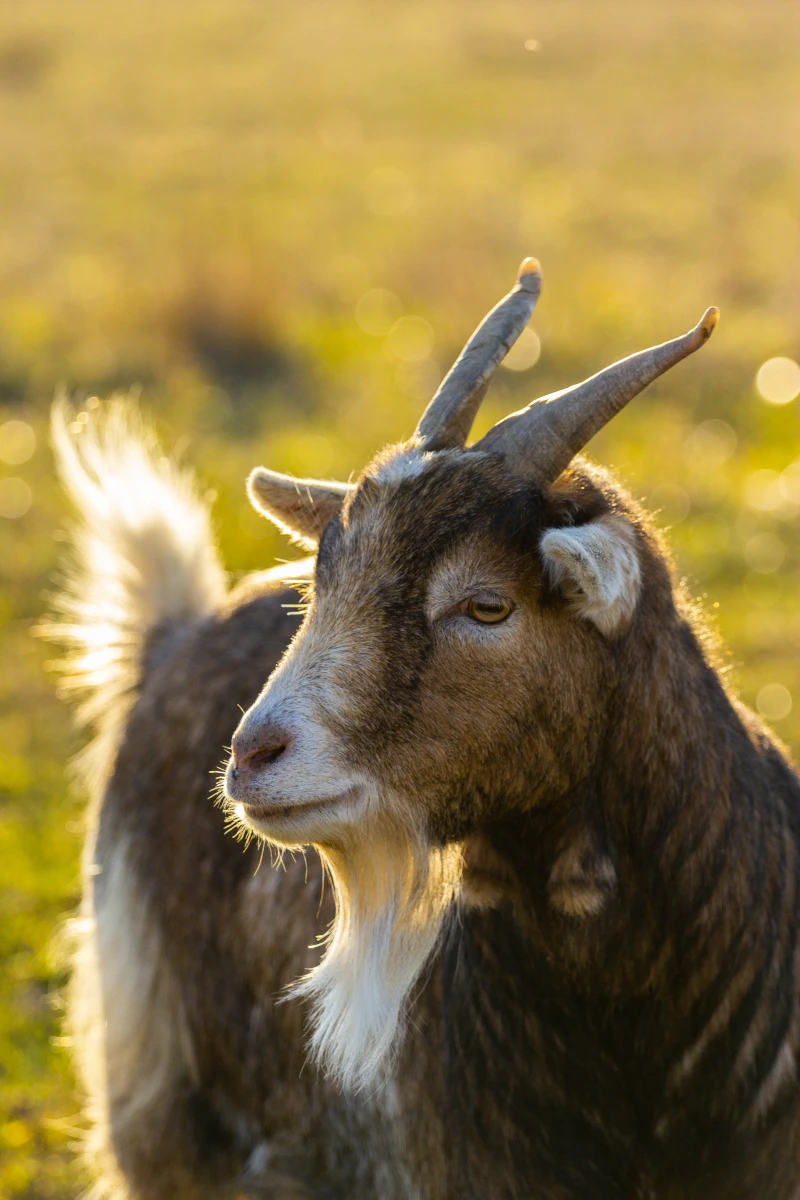
Worldwide, over 2.25 billion cups of coffee are consumed every day.
That staggering number represents countless different preferences and preparations. But a roaster’s goal isn’t just to contribute to the total; it’s to make each one of those cups memorable. The journey from a farm in Huehuetenango, Guatemala, to your morning mug is an exercise in preserving potential. Each step, from processing to roasting, is designed to protect the bean’s inherent character so you can experience that specific place in your cup.

What’s the real difference between a blade grinder and a burr grinder?
Think of it as the difference between a sledgehammer and a millstone. A blade grinder simply shatters beans into inconsistent chunks and dust, leading to an uneven extraction that’s both bitter and weak. A burr grinder, like the popular Baratza Encore, uses two revolving abrasive surfaces to crush beans to a uniform size. This consistency is the non-negotiable secret to a balanced, flavorful brew that lets you actually taste the notes of jasmine or blueberry the roaster worked so hard to develop.
Beyond Arabica and Robusta, the processing method used at the farm dramatically alters the final taste. It’s the first decision that sets a coffee’s flavor path.
- Washed Process: The fruit is scrubbed off the seed before drying. This creates a clean, crisp cup with bright, sparkling acidity, highlighting the bean’s origin characteristics. Think of Kenyan or many Colombian coffees.
- Natural Process: The entire cherry is dried with the seed inside, like a raisin. This imparts intense, jammy fruit flavors—strawberry, blueberry, and tropical notes are common. It’s a signature style for many Ethiopian and some Brazilian coffees.










